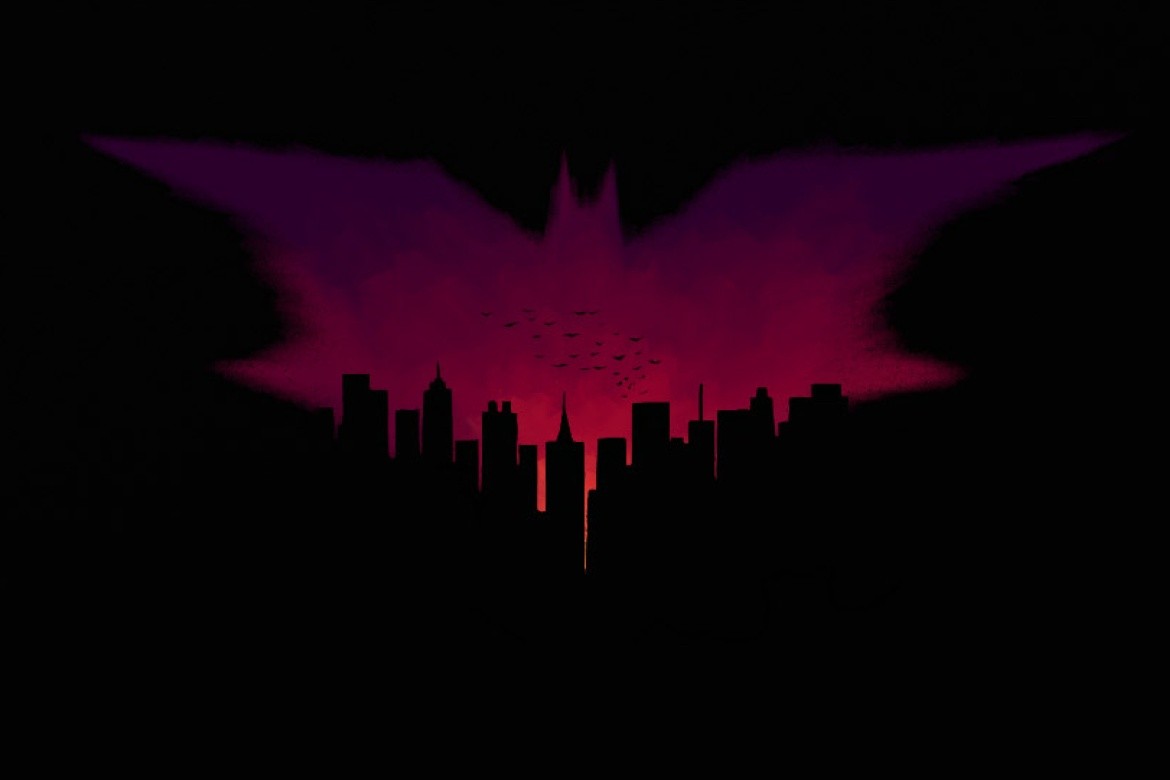Superhero thesis wins top honors.

A senior thesis analyzing social themes in Batman comics earns a graduate summa cum laude, and status as a rising star in scholarly thought.
By Keely Savoie
You could call her the “capped crusader."
When Aidan Diamond ’15 received her bachelor’s degree on May 17, she graduated from Mount Holyoke College with the highest academic honors for her scholarly analysis of social themes in Batman comics.
Her thesis, which earned her the summa cum laude distinction, examines themes of social control, sanity, and justice within the Batman universe of Gotham City, as depicted in Batman comics from 1986 to 2011, when the entire line of DC Comics was rebooted.
Diamond’s foray into comics scholarship began with a class called Imagined Worlds, which applied critical social thought to fantasy texts from J. R. R. Tolkien to the Harry Potter series. For the final project, she chose to look at Batman’s home, Gotham City, which became central to her academic experience.
“I wanted to look at Gotham City as a real world and an embodiment of particular American ideals,” she said. “I wanted a better answer to the important cultural questions raised in Batman.”
One of her thesis committee members, N. C. Christopher Couch, who teaches the history of comics at the University of Massachusetts at Amherst, called Diamond’s work “a real advance in scholarship.”
“She undertook an analysis of a body of literature by multiple creators that spans more than two decades and used an approach that allowed her to approach the continuity of the work as a whole while engaging closely with individual works within it,” Couch said.
Diamond examines the internal ethos of the Batman universe as it is applied—and fails to be applied—to different characters to create a complex, multilayered fantasy world and the nuanced characters that inhabit it.
“Batman acts in an incredibly socially deviant way, but he has folded that into this destabilized normality that he has established in Gotham City,” she explained.
To give Batman’s social deviance validity, Gotham City’s incorruptible police commissioner, Jim Gordon, backs his vigilantism and violent tactics.
“Commissioner Gordon is the prototypically Good Man against the corrupt, violent background of Gotham City,” said Diamond. “We see his willingness to collaborate with Batman make Batman’s actions seem more normal.”
But it’s Batman’s protégé, Jason Todd (the second incarnation of Robin), who offers a true foil to the Batman ethos, by establishing an anchor point of social justice born of his own experience of classism and violence.
“Jason Todd challenges the Batman approach to justice and punishment,” said Diamond. “We see through him how the Batman system of justice ultimately fails,” she said.
Diamond concludes with a coda that suggests a more optimistic future for Gotham City, when Dick Grayson—the original 1940 Robin—takes on Batman’s mantle of power and resets the moral trajectory of the narrative.
“Dick Grayson engages critically and compassionately and is determined to undo to darker abnormalities that Batman has imposed on the city,” says Diamond. “It’s a much brighter future.”
Diamond is bound for a graduate program and research assistantship at the Memorial University of Newfoundland this fall, where she will embark upon the next stage of her academic career in pursuit of a master’s degree.
“Aidan finished her Mount Holyoke education in a blaze of glory,” said her thesis advisor, Elizabeth Young, Carl M. and Elsie A. Small Professor of English at Mount Holyoke. “I already consider her a colleague.”